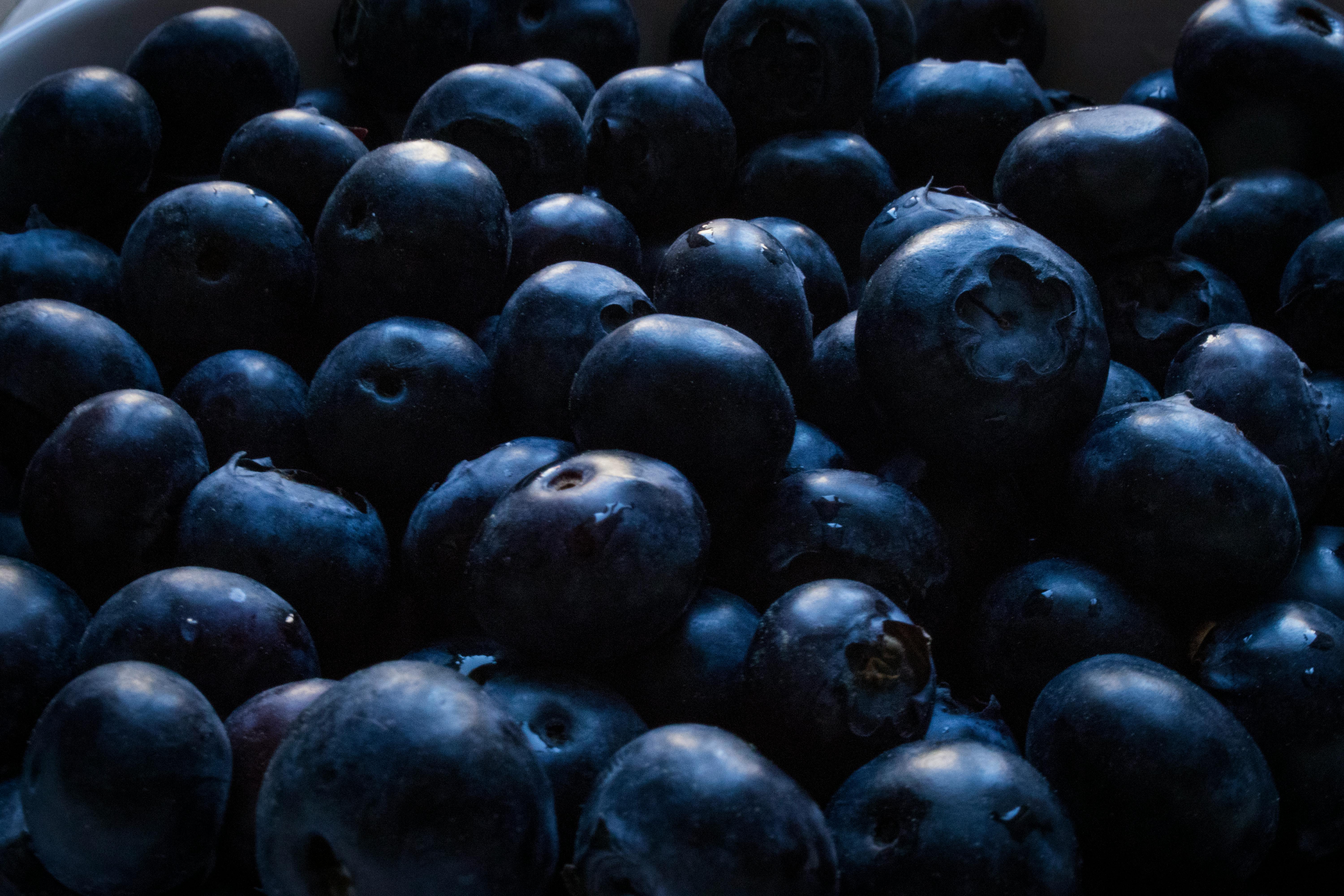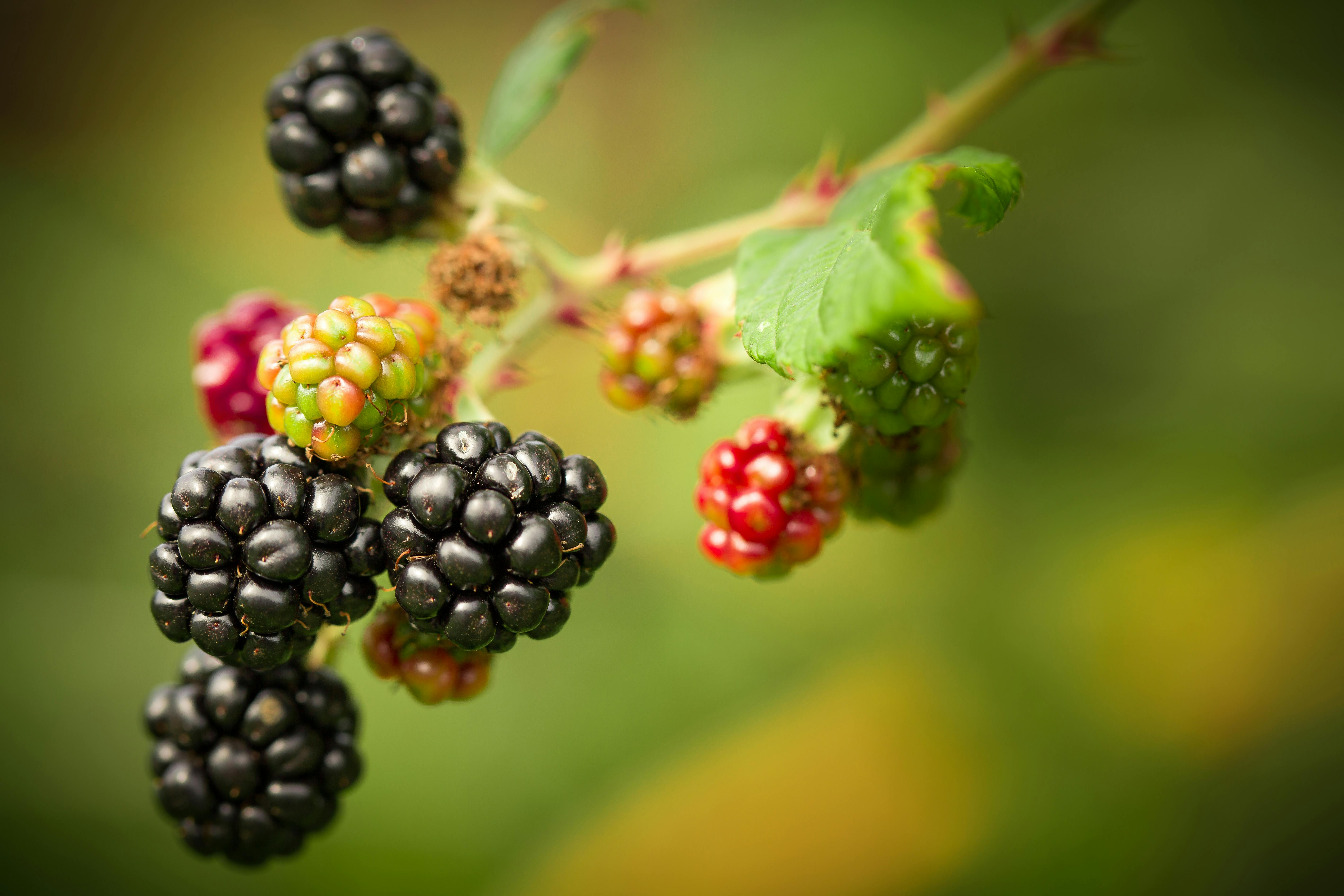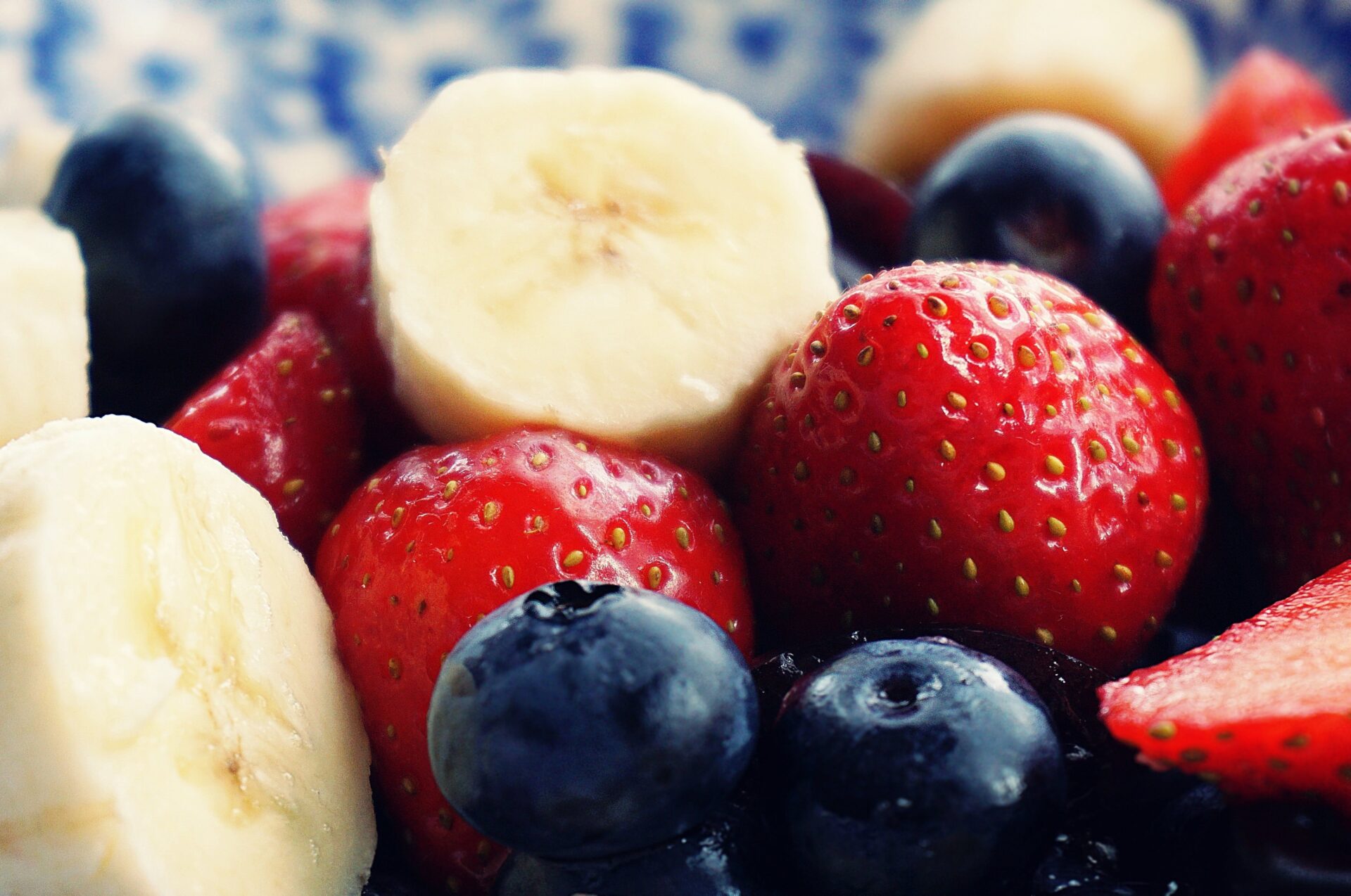Blueberries are one of the most popular fruits in Michigan. Growing blueberries in Michigan can be a rewarding and enjoyable experience, as they are easy to grow and provide delicious fruit. With the right care and attention, anyone can successfully cultivate blueberries in Michigan. In this guide, we will provide an overview of how to grow blueberries in Michigan, from selecting a planting location to fertilizing and caring for your plants. By following these steps, you can ensure that your blueberries will produce abundant fruit for many years to come.Understanding the climate for growing blueberries in Michigan requires an understanding of the state’s particular climate. Michigan has a humid continental climate, which is characterized by warm summers and cold winters. The long summer days and cool nights create an ideal climate for growing blueberries. During the spring and summer months, high temperatures average around 70°F (21°C) while lows average around 50°F (10°C). The optimal temperature range for blueberry cultivation is between 65-75°F (18-24°C). Additionally, Michigan has plenty of rainfall throughout the year with an average of 32 inches annually. This combination of moderate temperatures and ample moisture provides a favorable environment for cultivating blueberries.
Soil Preperation for Growing Blueberries in Michigan
Preparing the soil for growing blueberries in Michigan is key to success. The soil should be light, well-drained, and slightly acidic. The pH of the soil should be between 4.5 and 5.0; any higher or lower than that can cause problems with plant growth. Michigan has plenty of sandy soils that are ideal for blueberry production, but if your soil is clay-based, you may need to add more organic matter and sand to improve drainage. It is also important to test the soil for nutrient levels before planting to ensure that your blueberry plants will get the nutrients they need to thrive.
In addition to testing the soil’s pH and nutrient levels, it is also important to consider how much organic matter has been added to the soil before planting blueberries. Adding a layer of organic matter such as compost or aged manure can help improve drainage and provide essential nutrients for your plants. Organic matter also helps hold moisture in the soil so that it does not become too dry during summer months when rainfall may be scarce.
Finally, it is important to consider what type of water you will be using when preparing the soil for growing blueberries in Michigan. Rainwater or irrigation water from a nearby pond or lake can help keep your plants hydrated during dry periods while avoiding potential issues with hard tap water, which can contain chemicals like chlorine and fluoride that can damage sensitive plant roots.
Varieties of Blueberry to Choose in Michigan
Michigan offers a variety of blueberry varieties to choose from. Each variety has its own unique characteristics and benefits. Depending on your individual needs, one type of blueberry may be more suitable than another. Popular varieties of blueberries include: Highbush, Rabbiteye, and Half-High Blueberries.
Highbush blueberries are the most common type found in Michigan and are a reliable source of fruit. They are known for their large size and sweet flavor. Highbush blueberries are usually ready to harvest in early summer.
Rabbiteye blueberries are less common in Michigan but have a great flavor and can tolerate cold temperatures better than other varieties. They tend to be ready for harvest a bit later than highbush types, usually midsummer.
Half-high blueberries are well-suited for cooler climates and require less maintenance than other varieties. These smaller berries produce an abundant crop with a sweet flavor that is perfect for jams, jellies, pies, or simply eating fresh from the bush! Half-highs usually ripen during late summer or early fall.
No matter which type of blueberry you choose, you can expect to enjoy delicious berries that you’ve grown yourself! With proper maintenance and care, your bushes will provide an abundant crop year after year!
Planting Blueberries in Michigan
Michigan is a great place to grow blueberries, as its climate and soil conditions are ideal for this summer-loving fruit. Planting blueberries in Michigan is relatively easy and straightforward, but there are a few things you should know before you get started.
The best time to plant blueberry bushes in Michigan is early spring, when the soil has warmed up a bit and the risk of frost has passed. You can also plant in late autumn if you’re willing to wait until the following spring for fruit production. When choosing your plants, look for high-quality varieties such as the Northern Highbush or Half-High blueberry varieties that are adapted to Michigan’s climate.
When planting your new bushes, prepare the soil with plenty of organic matter such as compost or peat moss to add nutrients and improve drainage. Dig a hole twice as wide and deep as the root ball, loosen the soil at the bottom of the hole, then place your bush and backfill with soil. Water your newly planted bush thoroughly after planting.
Once established, blueberry bushes require very little maintenance other than regular watering during dry periods. Pruning should be done in late winter or early spring before new growth begins to ensure healthy plants and maximize fruit production. Fertilize your plants with an acid fertilizer such as ammonium sulfate every year before new growth begins.
With proper care and attention, you can enjoy fresh Michigan-grown blueberries for years to come!
Watering and Fertilizing Blueberries in Michigan
Proper watering and fertilizing are essential practices for growing blueberries in Michigan. Without adequate water and nutrients, blueberry plants will not produce a healthy crop of fruit. Watering should be done on a regular basis as blueberry plants need at least 1 to 2 inches of water per week during the growing season. If rainfall is inadequate, supplemental irrigation should be used. The best time to water is early in the morning so that the foliage has time to dry before evening. When fertilizing, use an acid-type fertilizer such as ammonium sulfate or cottonseed meal which should be applied twice during the growing season. The first application should be applied shortly after harvest and the second application 6 to 8 weeks later. It is important to follow product directions carefully and never apply more than recommended as too much fertilizer can lead to plant burn and unhealthy plants.

Pruning and Training Blueberries in Michigan
Pruning and training blueberries is an important part of growing a healthy, productive crop in Michigan. Pruning helps to promote the growth of strong, healthy canes and to reduce the risk of disease. Training helps to maximize light penetration and air circulation around the canes, which is essential for good fruit production. Proper pruning and training also helps to create a neat and attractive landscape feature in Michigan gardens.
The first step in successful pruning and training of blueberries is selecting the right variety for your climate zone. Different varieties have different growth habits, so it is important to select one that will be suitable for your particular site. Once you have selected a variety, it is important to understand the basic growth habits of blueberry plants. Blueberries typically produce upright canes that bear fruit on their tips during their second season of growth.
When pruning blueberries, it’s important to remove any dead or diseased branches as soon as possible to help prevent the spread of disease. In addition, it’s important to thin out dense areas of growth by removing some of the weaker stems or shoots at ground level each year. This will help promote good air circulation which is essential for healthy fruit production. Pruning should be done in late winter or early spring before new growth begins.
When training blueberries, it’s important to select a framework that will provide support for the canes while also allowing adequate light penetration and air circulation around them. The most common framework used for training blueberry bushes is an arching trellis system with horizontal wires running along each side of the bush at 18-24 inch intervals (45-60 cm). The branches are then tied loosely along these wires as they grow so that they form an arching canopy above the ground below.
Finally, when pruning and training blueberries in Michigan it’s important to pay attention to local weather conditions throughout the growing season as this can affect when pruning should be done and how plants should be trained. For example, if there are late frosts in your area then you may need to delay pruning until later in spring when frost danger has passed or use additional protection such as covering plants with blankets or tarps if frost threatens during flowering time.
Overall, proper pruning and training of blueberry bushes will help ensure a healthy crop each year by promoting strong cane growth, maximizing light penetration and air circulation around plants, as well as creating an aesthetically pleasing landscape feature in your Michigan garden!
Preventing and Treating Diseases and Pests on Blueberries in Michigan
Blueberry farming in Michigan is a popular industry, as the climate in the state is conducive to growing healthy blueberries. However, it is important for blueberry farmers to be aware of how to prevent and treat diseases and pests on their crops. Fortunately, there are several tools available to farmers that can help them keep their blueberries healthy.
One of the most effective ways to prevent disease and pest infestations on blueberries is through careful crop management. Farmers should make sure that they manage their fields properly by providing adequate irrigation, fertilization, and weed control. Additionally, keeping fields free of debris and weeds will reduce the likelihood of disease or pests taking hold.
When it comes to pest control, there are several options available for farmers in Michigan. One option is using insecticides that target specific species of pests. These insecticides should be applied at recommended intervals throughout the growing season. Additionally, some farmers choose to use traps or other physical barriers such as row covers or netting to protect their crops from pests.
Some diseases can be prevented through crop rotation. By rotating crops each year, farmers can reduce the likelihood of diseases like powdery mildew taking hold in their fields. Additionally, planting resistant varieties of plants can help reduce problems with certain diseases. If a disease does take hold in a field, fungicides may be used as a treatment option for diseases like powdery mildew or leaf spot disease.
Overall, preventing and treating diseases and pests on blueberries in Michigan requires careful management of farms throughout the growing season. By following recommended practices such as crop rotation and using physical barriers or insecticides when needed, farmers can keep their crops healthy and productive.
Harvesting Blueberries
Harvesting blueberries from your garden in Michigan is a rewarding and enjoyable experience. It is important to know when and how to pick the right berries at the right time for optimal flavor. The best time to harvest blueberries in Michigan is in July and August, when they are ripe and ready to be picked. When harvesting, look for dark blue or purple-blue berries that are plump and firm. Avoid picking any that are soft, withered, or discolored. It is also important to pick the berries gently so that they do not get damaged. To ensure that you do not miss any ripe berries, take several passes over the bush while harvesting.
Storing Blueberries
Once harvested, it is important to store the blueberries properly to prevent spoilage. The best way to store fresh blueberries is in an airtight container in the refrigerator for up to a week. For longer storage, you can freeze them by washing them first and then putting them in an airtight container with as little air space as possible. They will keep for up to 6 months when stored this way. You can also dry or preserve your blueberries by spreading them out on baking sheets and drying them in a dehydrator or oven set at low temperatures.
When storing your blueberries, make sure they are kept away from other fruits since they can absorb their flavors easily. Also, avoid washing your blueberries until you are ready to use them since moisture makes them spoil faster. With proper care and storage, you can enjoy delicious blueberries from your garden all year round!

Conclusion
Growing blueberries in Michigan can be a rewarding experience. With the right soil, climate, and growing techniques, you can enjoy a sweet harvest of blueberries each summer. The cold winter temperatures and heavy snowfall provide excellent conditions for producing large, sweet berries. The best time to plant is in the early spring when the soil is beginning to warm up. Make sure to use an acidic soil mix, mulch heavily, and water regularly for optimal growth. Pruning your plants throughout the growing season will help keep them healthy and productive for years to come. With a little bit of care and attention, you can have a successful blueberry crop in Michigan.
Whether you are an experienced gardener or just starting out, growing blueberries in Michigan can be an enjoyable experience. With the proper care and maintenance, you can enjoy a delicious harvest of blueberries each summer.



